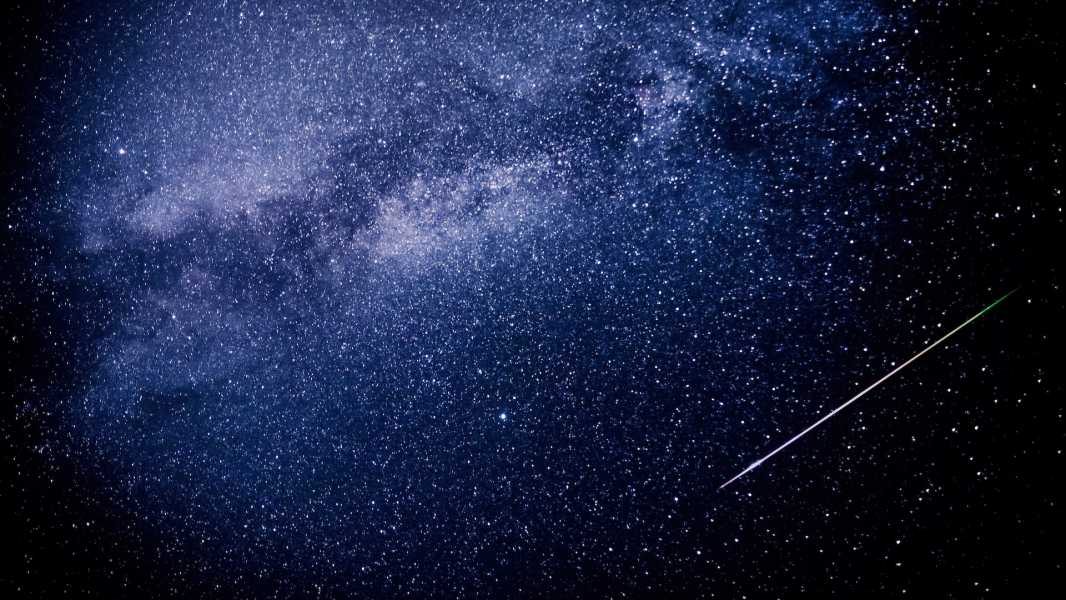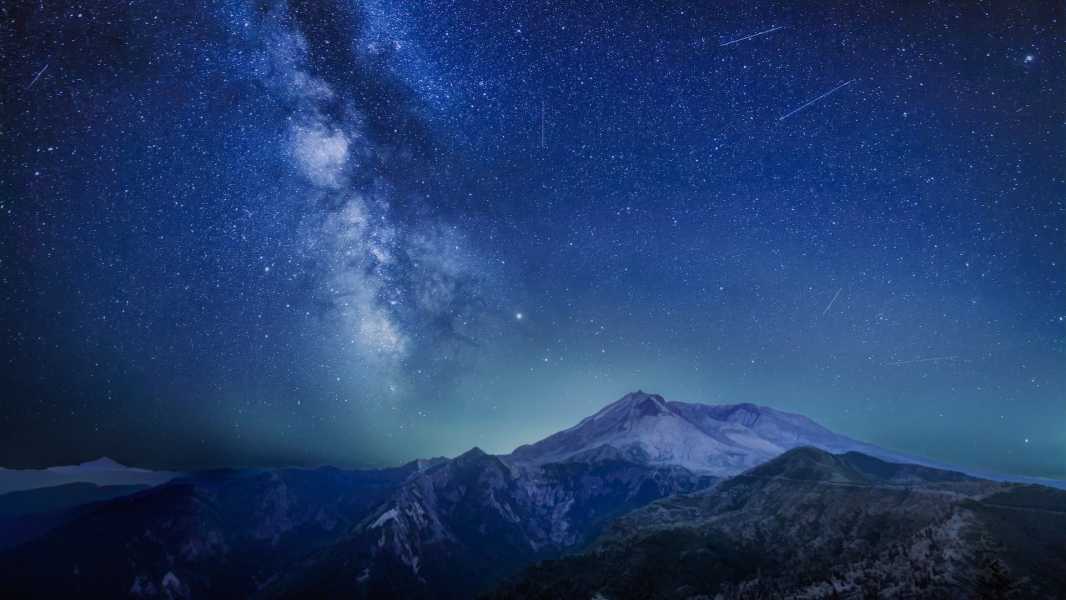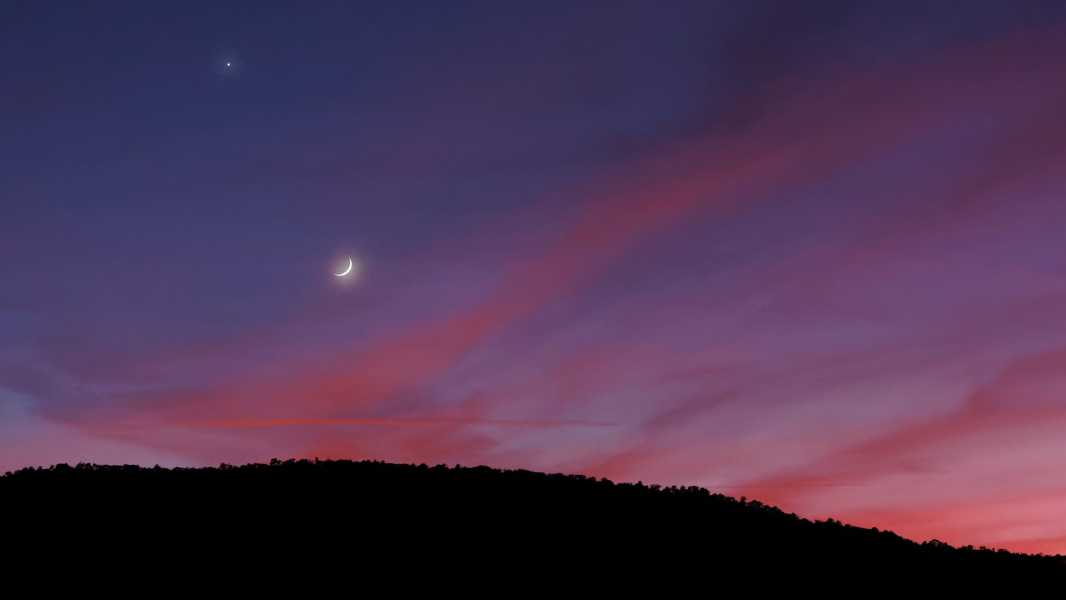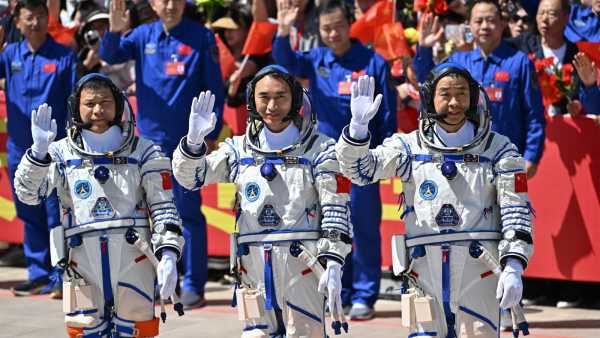
The peak of the Perseid meteor shower will be obscured by the bright light of the moon in 2025. (Photo by Ruhey via Getty Images)
The Perseids, one of the most spectacular meteor showers of the year in the northern hemisphere, will peak on the night of August 12-13. The shower typically produces up to 75 “shooting stars” per hour, but this year there is a major problem: a nearly full moon.
Meteor showers are best viewed in dark, moonless skies. However, August's full moon, known as the Sturgeon Moon, will rise on Saturday, August 9. The moon rises later as it orbits the Earth, but this change is less noticeable during the summer. By Tuesday, August 12, it will rise almost as dusk approaches, reducing the window for moonless sky viewing to a minimum.
For example, on Aug. 9 in New York City, the sun will set at 8:27 p.m. EDT, and the waning gibbous moon, 84 percent illuminated, will appear at 10:01 p.m. EDT and stay in the sky until dawn, according to Time and Date. Astronomical twilight, when shooting stars can be seen, won't begin until 10:28 p.m. EDT. Since the Perseids peak at midnight, there won't be an ideal time for the night sky to be truly dark.
You may like
-

Two meteor showers will peak on the same night. Here's how to catch them in the heat.
-

Moon, Mars and Meteors: Why July 28 Is the Perfect Night to Watch the Sky This Summer
Sourse: www.livescience.com





